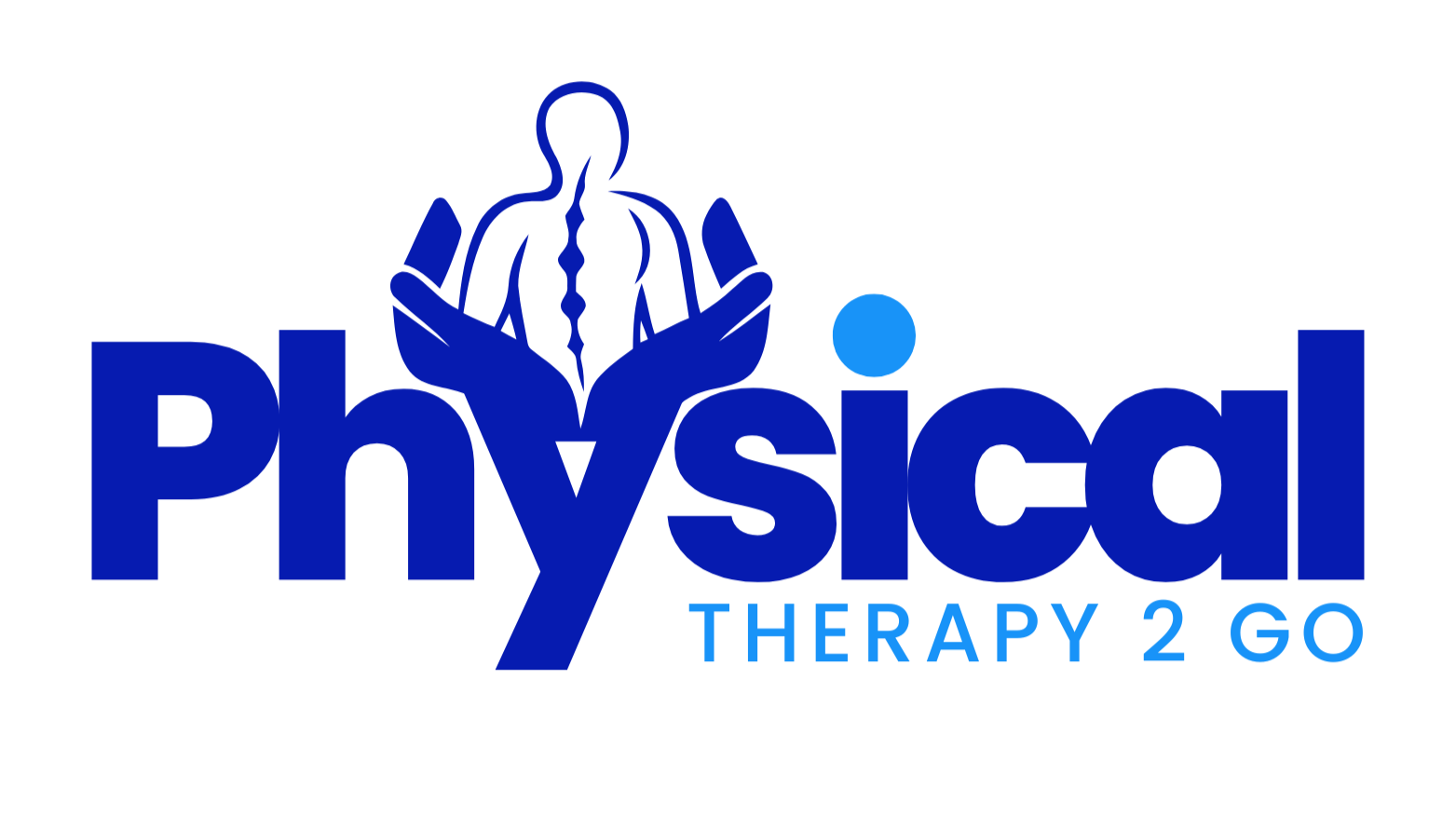



Neck Pain/Headache
A lot of neck pain and headaches are due to posture issues, muscle tension, and neck stiffness and can be treated effectively with physical therapy. After a full evaluation, I will work with you to correct the problems that are causing your pain and will help you learn to prevent headaches through simple changes in your posture and lifestyle. Treatments may include:
-
Manual therapy: to increase movement and relieve pain and to stretch the muscles of the back of the neck.
-
Strengthening exercises: to increase the strength of the muscles that help stabilize your upper back and neck to improve your posture and endurance and make it easier for you to sit or stand for longer periods of time without discomfort.
-
Posture improvement: Slight modifications to everyday living can make a vast improvement in posture.
-
Modify your workstation at home or office: Tips may include: using a headset instead of a regular phone, adjusting your computer screen, finding an appropriate desk chair, adjusting the position of your computer mouse or keyboard
Some conditions treated: Cervical degenerative disc disease, bulging or herniated discs, spinal stenosis, foraminal stenosis, general neck pain and headaches.


Low Back Pain and Prevention
Not all low back pain is the same, so your treatment should be tailored to for your specific symptoms and condition. After the examination, I will design an individualized treatment plan for your specific back problem. Treatments may include:
-
Manual therapy: Myofascial release(MFR), Soft Tissue Massage(STM), including spinal mobilization, to improve the mobility of soft tissues and of joints
-
Exercises: Specific core stability strengthening and flexibility exercises
-
Education: about how you can take better care of your back
-
Ergonomic education: learn proper positioning that is ideal for your spine, how to sit correctly which will ensure optimal spinal protection
-
Training: for proper lifting, bending, and sitting; for doing chores both at work and in the home; and for proper sleeping positions
Some conditions treated: SIJ dysfunction, general LBP, spinal stenosis, degenerative disc disease, and spondylolisthesis


Shoulder Pain
Shoulder problems can be quite limiting in daily life and during sports or other activities. Most problems in the shoulder involve the muscles, ligaments, and tendons, rather than the bones. They can be either acute or chronic depending on when they are diagnosed and how long the pain/disability has been present. Athletes are especially susceptible to shoulder problems. Especially in athletes, shoulder problems can develop slowly through repetitive, intensive training routines. Treatment may include:
-
Manual therapy: soft tissue and joint mobilizations to increase range of movement, increase pliability of tissues and decrease pain
-
Exercises: specific scapular exercises will improve the coupled motion that occurs at the shoulder
-
Strengthening: RTC stabilization and strengthening exercises to target the weak phasic muscles
-
Taping: McConnell taping for stability and Rock Tape to help with muscle functioning
Some Conditions treated: Rotator cuff tendonitis/tears, Shoulder instability, frozen shoulder, arthritis, pre-/post-operative treatment


Hip/Knee Pain
Based on the findings of your evaluation, your physical therapist will develop a customized rehabilitation program to ensure a safe return to your desired activities. Some general treatment techniques may include:
Manual therapy: Hands-on therapy to gently guide movement of the knee area to restore joint and tissue mobility.
Therapeutic exercises: Specific strengthening, flexibility, and endurance exercises to address your specific needs and goals.
Functional exercises: Individualized exercises designed to help you return to your home, work, and sport activities. These also may include balance and coordination exercises.
Self-care instruction: Your physical therapist will teach you ways to manage your pain at home, and design a safe and effective home-exercise program based on your specific condition, which you can continue long after your formal physical therapy sessions have ended. You also will learn how to avoid placing unnecessary forces on the knee during your daily activities for years to come.
Taping techniques: McConnell taping to improve knee positioning and Rock Tape for functional movement around the knee
Some Conditions treated: Patellar tendonitis, Patello-femoral Stress Syndrome (PFSS), ligament sprain, ITB syndrome, hip and knee arthritis, pre-/post-op treatment, hip bursitis


Foot/Ankle Problems
After full evaluation, a treatment program will be created which could consist of:
Manual therapy: To restore joint and soft tissue mobility
-
Stretches: to increase flexibility
-
Strengthening exercises: to improve static then dynamic balance at the ankle
-
Balance exercises: to improve balance and prevent recurrent injuries
-
Agility training: in order to return to sport specific activities
-
Sport Specific Training
Some conditions treated: Ankle sprains, plantar fasciitis, achilles tendonitis, posterior tibial tendon tendonitis and more!


Gait/Balance Disorders
About one third of people over the age of 65 and almost half of people over the age of 80 will fall at least once this year. There usually are several reasons for a fall. Physical therapy can help reduce the risk of falling by improving awareness, mobility in the ankle, stability throughout the entire kinetic chain, strength, and therefore improves balance.




